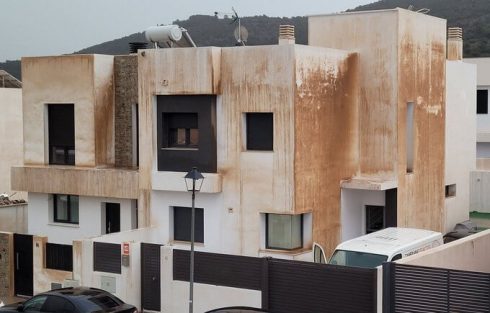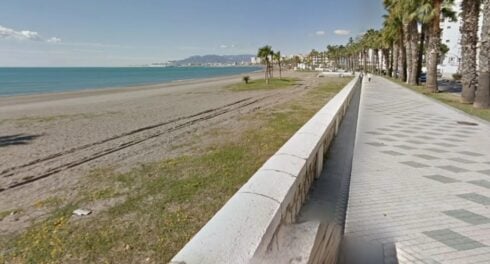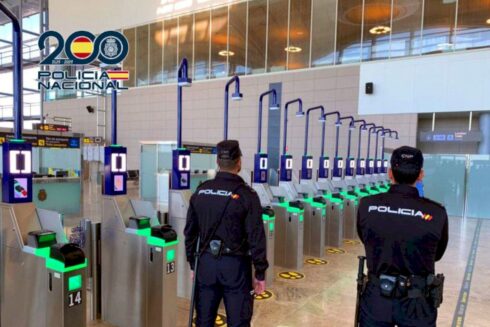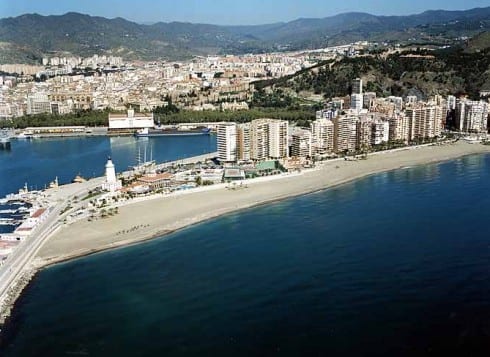EPISODES of calima or the so-called ‘blood rain’ consisting of Saharan dust that happens over Spain contain radioactive particles according to French researchers.
It is a legacy of the nuclear tests carried out in the Sahara during the 1960s.
According to scientific research, the particles include elements such as cesium, beryllium and plutonium, which are deposited in the soil after travelling from North Africa.
READ MORE:

These elements are present in the intense haze that, for example, hit the Canary Islands this week.
A study published in the Earth System Science Data journal confirmed the presence of radioactive elements in the Saharan dust.
A Spanish study also detected isotopes in calimas linked to the Chernobyl explosion back in the mid-80s.
Radioactive isotopes are linked to nuclear tests made by France over 60 years ago as well as traces from explosions carried out by the United States and the Soviet Union.
The radioactive particles could affect both the natural balance of the ecosystem and people’s health.
Although the levels detected do not represent an immediate risk, experts stress that the long term build up could have consequences.
In addition, fine particles, which are lighter and capable of travelling greater distances, have the potential to interact with the atmosphere and disrupt processes such as cloud formation and the efficiency of renewable energies.
The study also notes that heavier particles tend to settle close to their place of origin, while smaller ones are transported long distances by air currents.
This phenomenon explains how these elements reach areas of Europe, including Spain, during episodes of haze, which are increasingly frequent due to climate change.
Radioactive particles could have a direct impact on sectors such as agriculture and renewable energy.
For example, their accumulation in soils could alter the quality of crops, while solar panels could see their efficiency reduced due to dust deposits.
Click here to read more Weather News from The Olive Press.








